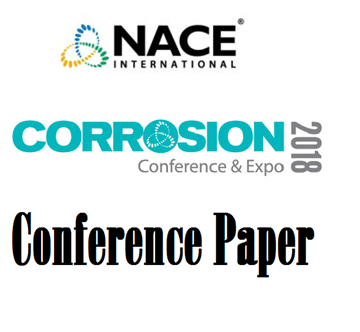Search
51318-10954-A comparison of the structure and consumption rate for Centrifugally cast Anodes compared with die-cast Anodes
Also Purchased
51318-10955-CP shielding effect on buried pipeline by complex bridge structure
Product Number:
51318-10955-SG
Publication Date:
2018
$20.00
51318-10944-Cathodic protection affected by stray current transients: Critical duration and amplitude
Product Number:
51318-10944-SG
Publication Date:
2018
$20.00
51318-10949-Cathodic Protection of Offshore Structures by Extreme Damage Tolerant Sacrificial Coatings
Product Number:
51318-10949-SG
Publication Date:
2018
$20.00




